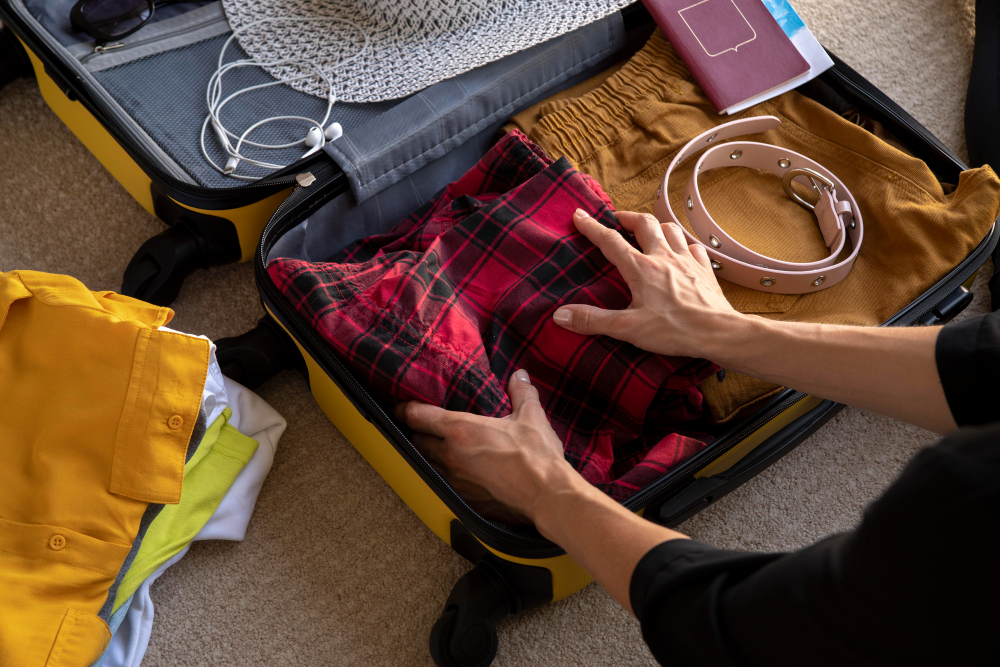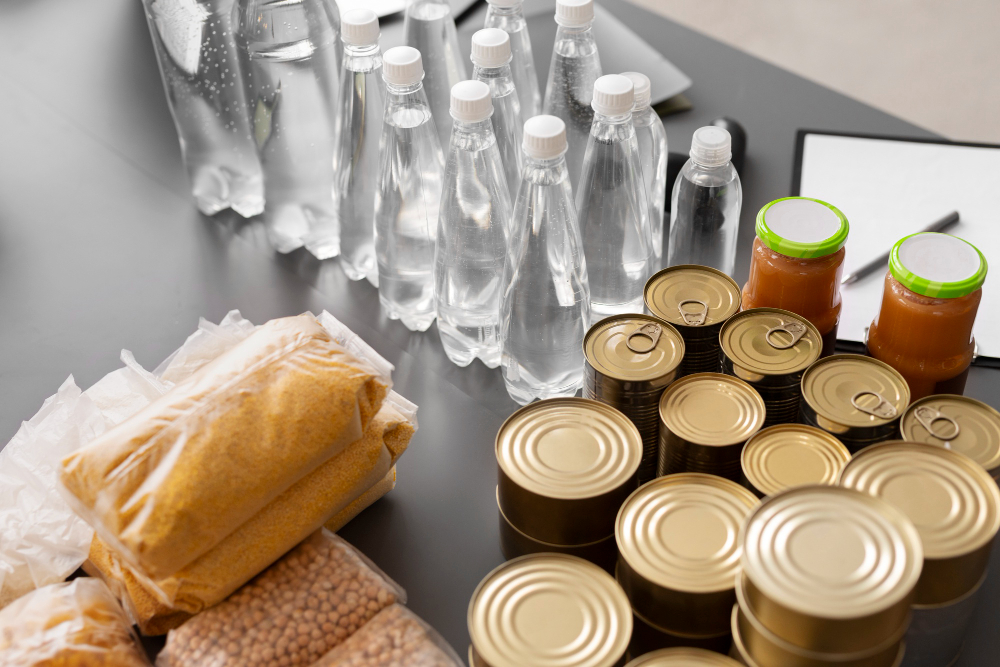CONTACT US: 0919 058 5858 | 02 899 51920
CONTACT US:
0919 058 5858 | 02 899 51920
The Philippines has long faced its share of natural disasters – from powerful earthquakes and supertyphoons to flashfloods and ashfalls. These calamities have endangered communities, displaced families, and claimed the lives of many across the country.
Each disaster serves as a painful reminder of how unpredictable nature can be and how important it is for Filipinos to stay prepared. One of the simplest yet smartest ways to stay safe is by packing an emergency go-bag. It can be your family’s lifeline in times of disaster.

Medicare Plus encourages every family to prepare an emergency go-bag that can sustain each member for at least 72 hours (3 days) after a disaster—the crucial period when help may still be on the way.
Here’s a practical guide for packing your own go-bag, based on recommendations from the Philippine Red Cross (PRC) and the National Disaster Risk Reduction and Management Council (NDRRMC):

Water & Food
First Aid Kit & Medicines
Personal Safety
Hygiene
Clothing & Comfort
Documents & Money (place them in a sealed, waterproof container)
Special Needs
Extras
A go-bag is your lifeline for the first 72 hours after a calamity, while waiting for rescue services to reach affected areas. All members of the family should have their own go-bag, packed with essentials and tailored to their needs.
It is vital that everyone knows where the go-bags are located so that they can grab their respective bag during an evacuation. Disasters are unpredictable but preparedness can give you a sense of control. It provides your family the best chance to stay safe, comfortable, and ready to face the unexpected.
Having a quality family health plan in the Philippines can complement your disaster preparedness efforts. A health plan ensures that your family has access to medical care and services in the event of an emergency, giving you peace of mind. Talk to our Medicare Plan Advisor today to learn about the benefits of a family health plan and how to apply for one.

Easy access health plan options for the Filipino community.
We know finding the right healthcare plan can be a complex and confusing task.
Our health plan specialists are always here to help 24/7.
Got more questions?